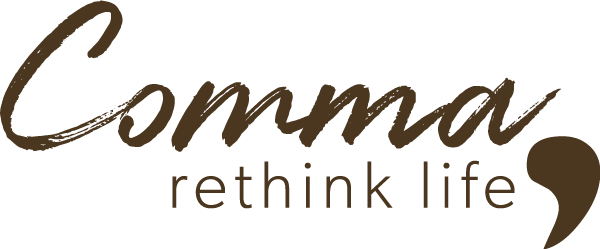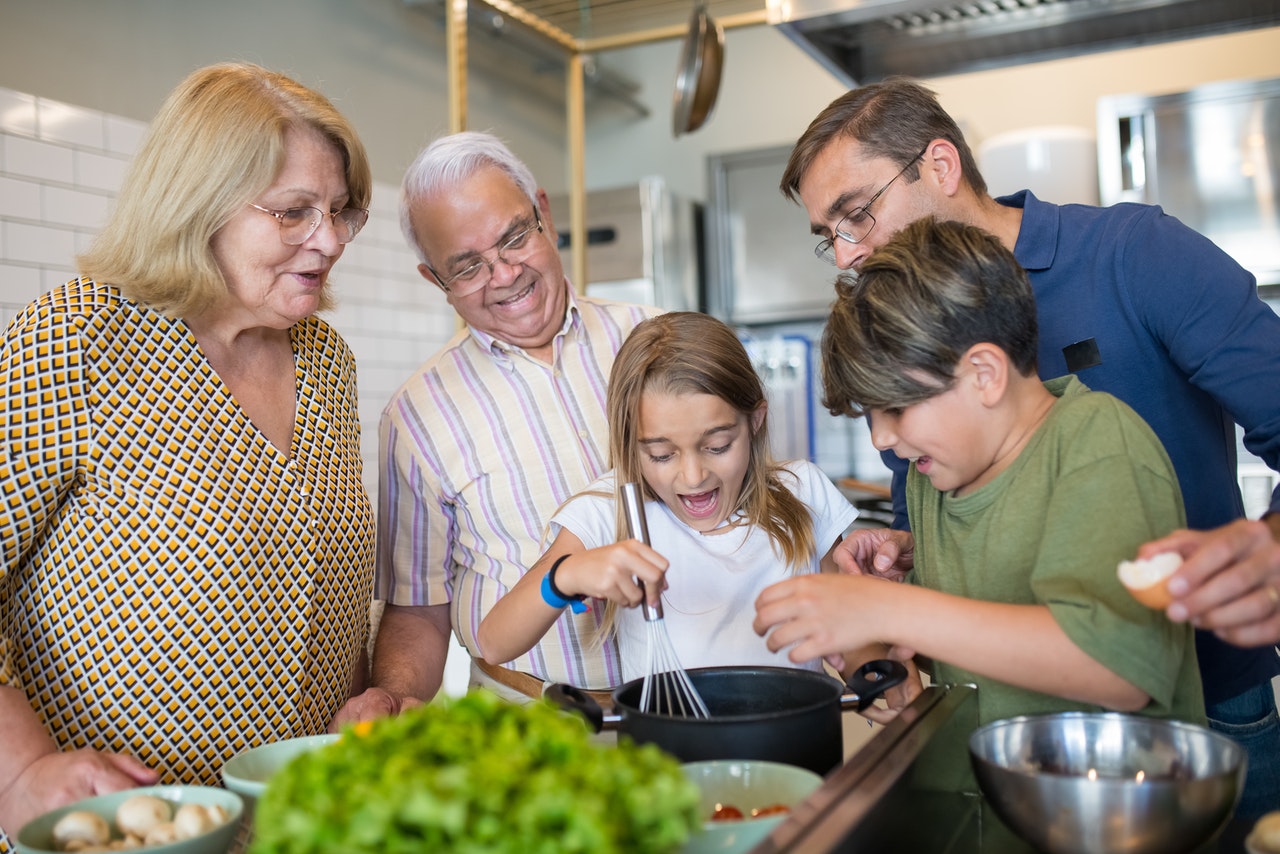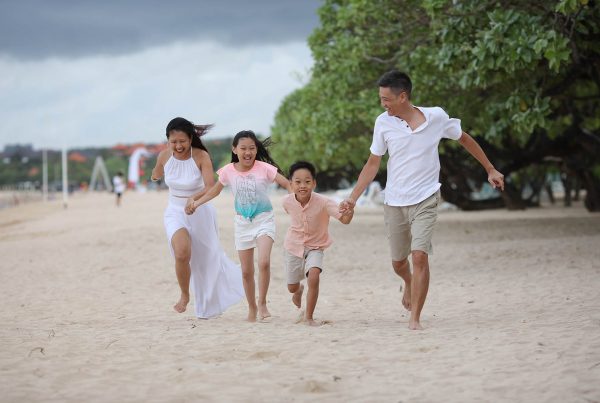In our Asian culture and families, there will not be any shortage of stories on how fun and noisy our childhood used to be given the nature of how relatives used to drop by unannounced, and then stay on for lunch, tea….and dinner.
Today however,
we live in an age where individualism is celebrated more than communal tolerance, and the community at large is breaking down
because we think our neighbour’s compound is so messy and wonder why they don’t take better care. In addition, with the current pandemic, we have been called to live in isolation, a dramatic impact on everyone, which may or may not be visible until something cracks some time down the road.
I’ve recently been thinking about what community was for me as a child with my extended family, and how it gave me a platform to create a similar wholesome community environment for my own family.
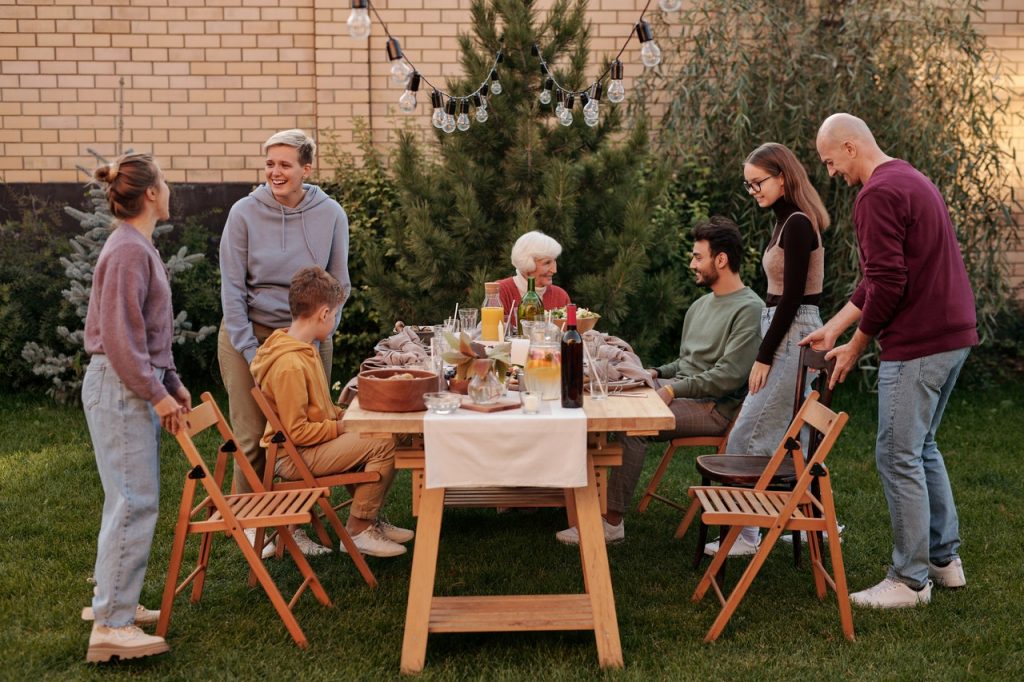
Photo by Askar Abayev from Pexels
Learning from my mum’s family
I come from a small family of 5, but my mum – she had 12 siblings. That generation who are now in their 70’s certainly had the best and worst of times. They were the epitome of how older siblings had to care for the younger ones, whilst still schooling and helping parents out in whatever way possible, be it the family business or doing homework with the younger ones. And it was being part of such a family that I wanted to instill some of those family practices in my own family.
I remember a few significant events that caused me to embrace these practices of community-building amongst relatives. The first was when my dad had bought a brand new house in a newer housing project. The ENTIRE family, and I mean the entire family who lived in Klang at that time, came to help us wash the house (numerous times), move, and the biggest project of all – build mosquito nettings for all the windows and their corresponding air-ventilation blocks above the windows. Not that I remember what was exactly done, but
I remember being so excited about having so many people in the house, walking around helping to measure, to cut wood strips and the metal nettings, the sounds of sawing and hammering, then installing the framed nettings onto another frame around the windows.
And of course, what event can be complete without home-cooked meals done community-style?! While the men did the hard labour of fixing the nettings, the aunties helped my mum to unpack her prized crockery, and cooked hearty meals that were laid out on the floor on newspapers for all to gather and sit around to replenish exerted energy.
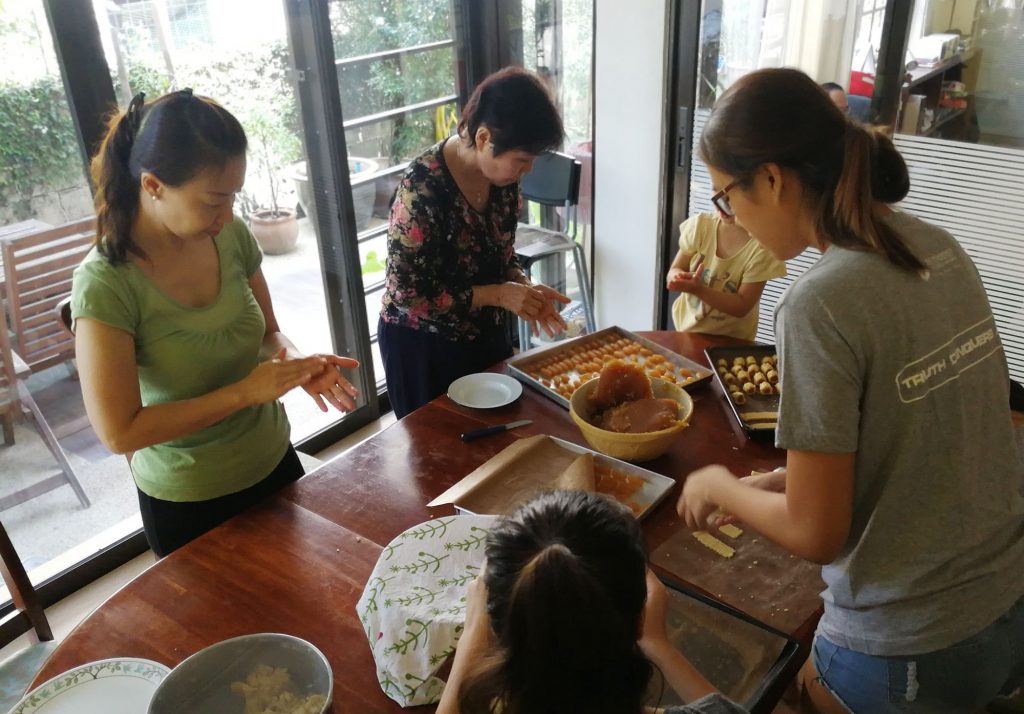
Photo by Veron
The other “regular” family and community events were the big birthday parties my parents would have for my brothers and I, and our annual Chinese New Year Open House. My aunts would come and help to cook curry, and bake cookies and I would sit around the table “helping” but actually because it was the only time I would get to eaves-drop on adult conversations and local gossip!
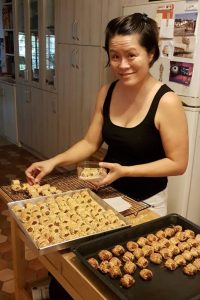 Remembering all these practices which exuded so much fun, joy and noise into the house in preparation for a festivity, I decided to start it when my girls were in primary school. Every year, we would have the extended family come over to spend an entire Saturday making pineapple tarts for Chinese New Year.
Remembering all these practices which exuded so much fun, joy and noise into the house in preparation for a festivity, I decided to start it when my girls were in primary school. Every year, we would have the extended family come over to spend an entire Saturday making pineapple tarts for Chinese New Year.
It was interesting to witness how everyone would arrive and gather in our kitchen, each taking their seats specific to their duties, much like a factory line. Over the years, they defined their individual roles, and whenever they came together, they knew who would roll and shape the jam (Grandma, for quantity/size control), who would squeeze the pastry onto the tray (the girl cousins, because their fingers were long enough to push the pastry all the way through the mold – in the early days at least, and then the system just stuck), the boy cousins would then take the jam and roll them into the actual tart, one sister-in-law would do the egg wash, I would do the baking, and another sister-in-law would pack the baked tarts into the containers.
Of course, the adult men’s job was to ensure that the workers were kept happy and well-fed, so their job was to take orders for lunch and tea (usually my elder brother) whilst my younger brother and my husband would help in the process by cutting paper linings for the containers. My dad? He read the newspapers 😎. Amidst the organized chaos, there would be lively chatter all around, particularly the children, and since their hands were dirty, someone had to take their orders on what 🎵 playlist to put on to keep the mood and vibe happy and lively!
Back to the present
Do you know why I spent so much time painting the picture of what building community-living amongst family feels, looks, and sounds like? Because hopefully, it can remind you of a time when you used to cycle freely to your neighbour or best friend’s house without fear of being knocked over. Or the time where the sound of children’s chatter and giggles were the sound of music instead of annoyance. Or when you fell down in the playground, and a caring adult picked you up and dusted the gravel from your knees and pronounced you okay despite a little bleeding.
It is up to us to make the right choices for us and our families… to intentionally inculcate the values of family love, to purposefully extend compassion, and to hopefully preserve what Malaysia is famous for – heart warming hospitality.
We also need to get creative in the ways we need to stay connected to family and our community, be it having zoom calls at family dinners, prioritising so that every member of the family is present and engaged for the virtual gathering,
getting back on the phone to make telephone calls (or rather WhatsApp calls since they’re FOC), sending care packages to loved ones to remind them they are thought of and missed, reaching out within the neighbourhood community for the children so that they are engaged in healthy social activities, or like my youngest niece who plays Wii with her friend via wi-fi 😏
In summary, we want to instil the precious value of cherishing relationships that nurtures love, compassion, encouragement, and support to the people in our lives, be they family, community, or beyond.
About Veronica Soong
 Veron is a certified John Maxwell Coach as well as a certified NLP (Neuro-linguistic Program) Practitioner. She pursued both, initially to be in alignment with her husband who is a Leadership Coach. However, in the process of this pursuit, it opened avenues for her to reach out to women to better understand why we are wired the way we are, and how we can unleash our potential no matter our past.
Veron is a certified John Maxwell Coach as well as a certified NLP (Neuro-linguistic Program) Practitioner. She pursued both, initially to be in alignment with her husband who is a Leadership Coach. However, in the process of this pursuit, it opened avenues for her to reach out to women to better understand why we are wired the way we are, and how we can unleash our potential no matter our past.
Veron is a self-proclaimed introvert with a desire to share thoughts and ideas on how to build strong and intimate marriages, and does so through her writing at Comma: Rethink Life and as a co-founder of Oasis by Comma.
Today, intent with her husband to continually build their marriage better and stronger in their faith, they make conscious effort to spend time with one another, having open and vulnerable conversations that lift each other up, which builds a foundation for their three grown children’s character, security, well-being, and outlook of life to thrive.
Featured image by Kampus Production from Pexels
